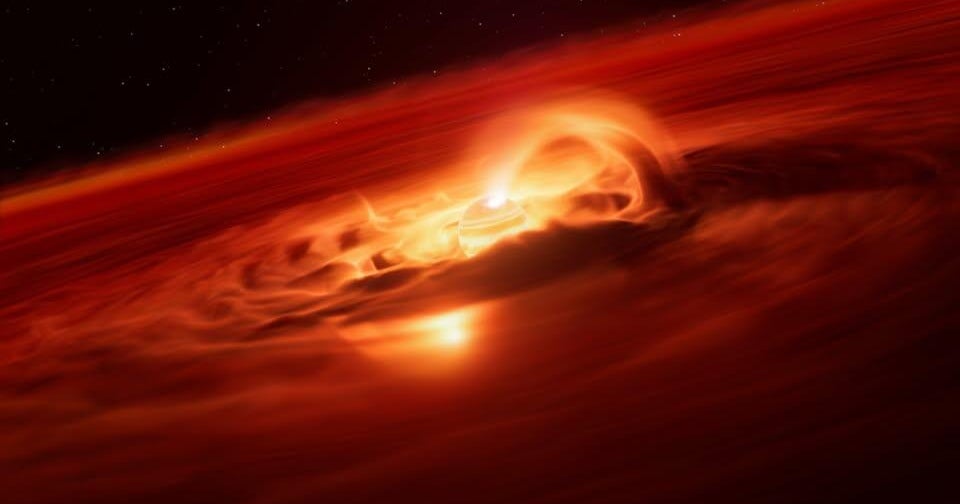Brace Yourself: A House-Sized Asteroid is Zooming Past Earth Soon!

Gazing at the stars can be a serene escape, but sometimes the universe throws us a cosmic curveball! Get ready, because a house-sized asteroid named 2025 TC is preparing for a close encounter with our planet, and it's got astronomers buzzing!
Mark your calendars: on October 3rd, asteroid 2025 TC, measuring a staggering 44 feet across, will zip by Earth at a jaw-dropping speed of 36,128 miles per hour. While it might sound alarming, the closest it will come is about 53,300 miles away. Now, you might think that’s a pretty long way, but in the vastness of space, that’s closer than you’d expect!
So, should we be sweating bullets over this near miss? Experts assure us there’s no need to panic. 2025 TC belongs to the Aten group of asteroids, which frequently travel through Earth's orbit. NASA keeps a watchful eye on these celestial bodies and only classifies objects as hazardous if they exceed 85 meters in size and swoop within 7.4 million kilometers of our planet. Since 2025 TC doesn’t meet either of these criteria, it poses no danger to us.
But why are scientists still peering through their telescopes at this harmless rock? Continuous monitoring of asteroids like 2025 TC is crucial, as even a minor shift in orbit could significantly alter their paths. Keeping tabs on these space travelers allows researchers to prepare for any potential future risks, ensuring that we’re always one step ahead.
Looking ahead, there’s exciting news on the asteroid research front! ISRO Chairman S. Somanath recently announced plans to ramp up India’s efforts in this field. With a focus on studying larger asteroids like the infamous Apophis, which is expected to skim past Earth in 2029, collaboration with NASA, ESA, and JAXA is also in the works. Future missions could even land on these cosmic rocks to analyze their materials!
So, while asteroid 2025 TC might not pose a threat, its approach serves as a striking reminder of how unpredictable space can be. It underscores the importance of ongoing research and monitoring, keeping humanity's gaze firmly fixed on the skies above.


























